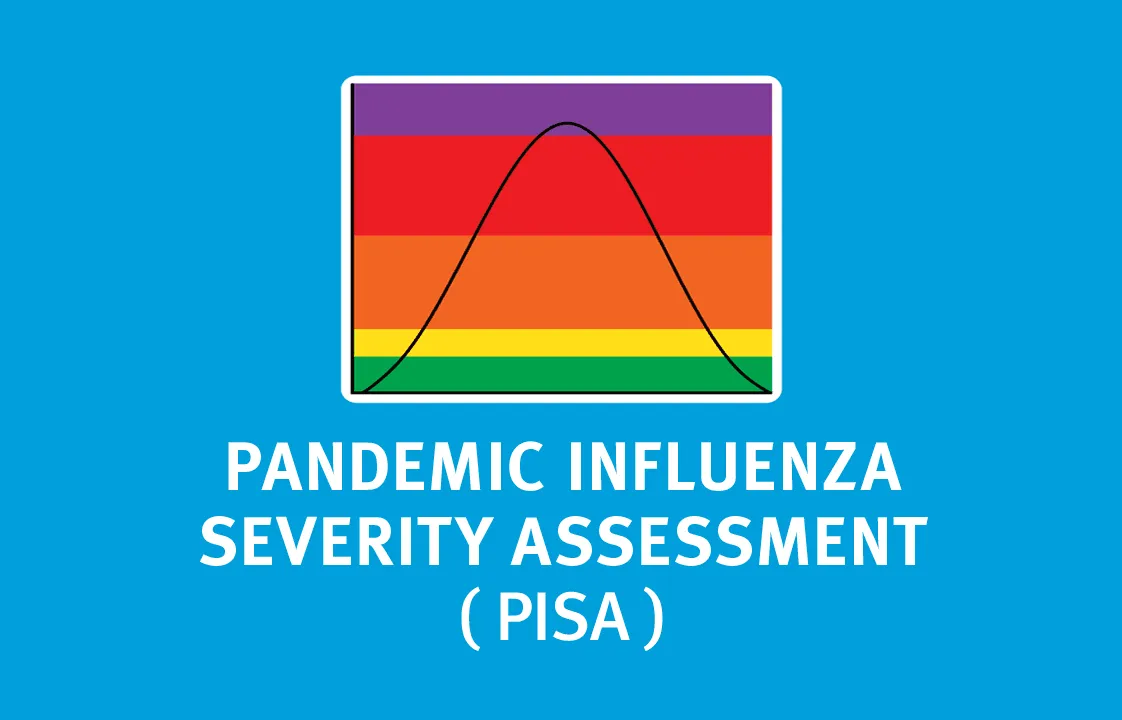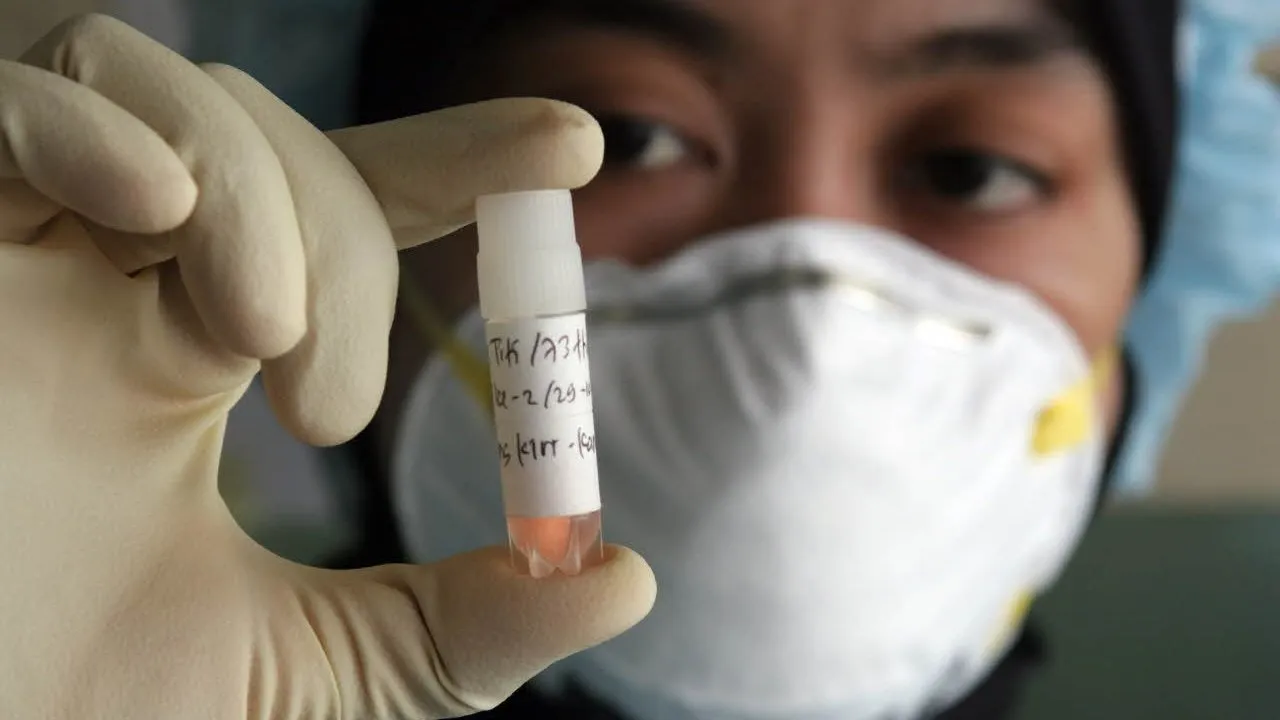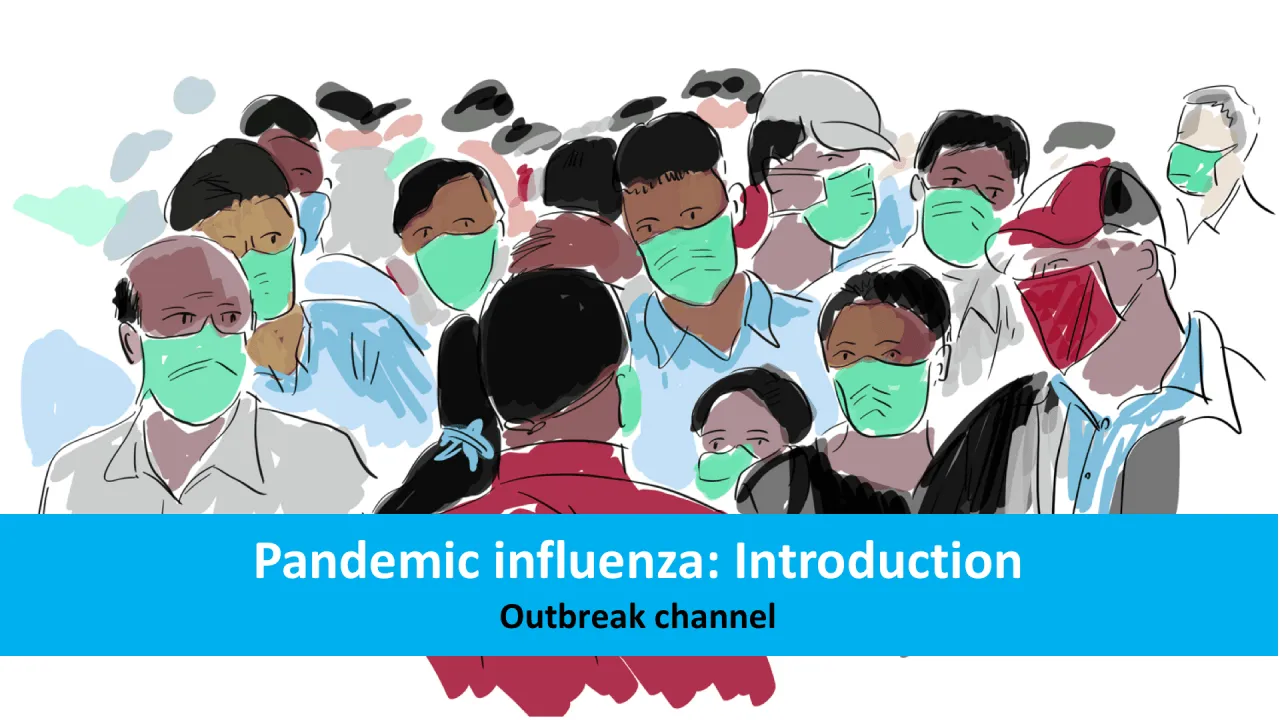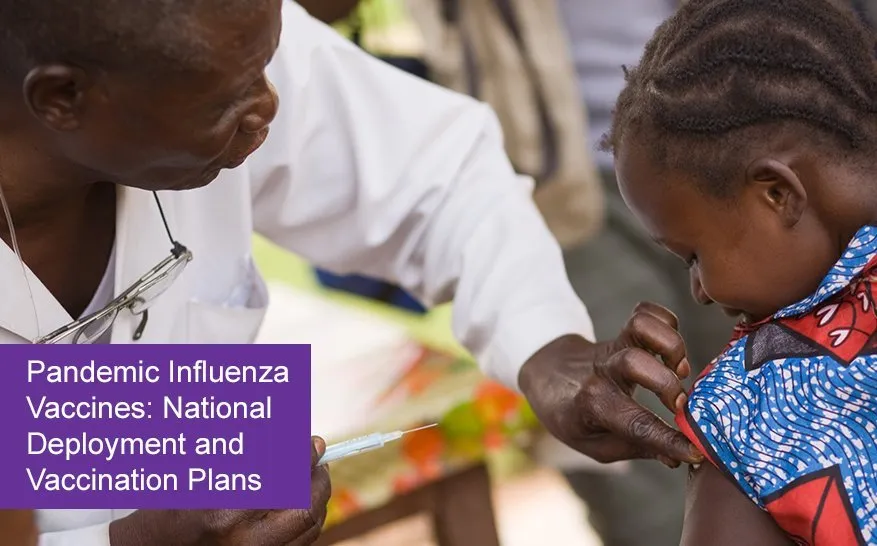
Pandemic Influenza Severity Assessment (PISA) 
Learn the basics of Pandemic Influenza Severity Assessment (PISA) ▼
ADVERTISEMENT
Course Feature
![]() Cost:
Cost:
Free
![]() Provider:
Provider:
ThaiMOOC
![]() Certificate:
Certificate:
No Information
![]() Language:
Language:
English
![]() Start Date:
Start Date:
On-Demand
Course Overview
❗The content presented here is sourced directly from ThaiMOOC platform. For comprehensive course details, including enrollment information, simply click on the 'Go to class' link on our website.
Updated in [May 19th, 2023]
The Pandemic Influenza Severity Assessment (PISA) course provides public health professionals with an introduction to the concept of influenza severity assessment. It covers the required steps for assessing the severity of an influenza season, from choosing data to using, reporting and communicating severity estimates. The course is designed to help public health professionals at the national level who perform, or plan to perform, national influenza severity assessments, as well as those who can contribute to global influenza severity assessments. The employers and employees of these public health officers would also benefit from this course, as would any other public health professional working on influenza epidemiology.
The course begins by introducing the concept of influenza severity assessment and its importance in responding to influenza epidemics and pandemics. It then covers the required steps for assessing the severity of an influenza season, from choosing data to using, reporting and communicating severity estimates. The course also provides an overview of the World Health Organization's PISA website, which provides additional resources and guidance on influenza severity assessment.
At the end of the course, participants will have a better understanding of influenza severity assessment and the tools and resources available to them. They will also be able to use, report and communicate severity estimates to help countries respond, adapt control measures and prepare for a pandemic.
[Applications]
The application of this course is to help public health professionals at the national level to assess the severity of influenza epidemics and pandemics. It provides guidance on the required steps for assessing influenza severity, from choosing data to using, reporting and communicating severity estimates. Employers and employees of public health officers, as well as other public health professionals working on influenza epidemiology, can also benefit from this course. It is recommended that public health professionals use the information from this course to develop and implement national influenza severity assessment plans. Additionally, they should use the information to contribute to global influenza severity assessments.
[Career Paths]
1. Epidemiologist: Epidemiologists are public health professionals who study the patterns, causes, and effects of health and disease conditions in defined populations. They seek to identify risk factors for disease, investigate outbreaks, and develop strategies to prevent illness and injury. With the increasing prevalence of pandemics, epidemiologists are in high demand to help assess the severity of the disease and develop strategies to prevent its spread.
2. Public Health Officer: Public health officers are responsible for the health and safety of the public. They work to identify and address public health issues, such as pandemics, and develop strategies to prevent and control the spread of disease. With the increasing prevalence of pandemics, public health officers are in high demand to help assess the severity of the disease and develop strategies to prevent its spread.
3. Infectious Disease Specialist: Infectious disease specialists are medical professionals who specialize in the diagnosis and treatment of infectious diseases. They are responsible for identifying and treating infectious diseases, such as pandemics, and developing strategies to prevent and control the spread of disease. With the increasing prevalence of pandemics, infectious disease specialists are in high demand to help assess the severity of the disease and develop strategies to prevent its spread.
4. Data Scientist: Data scientists are responsible for collecting, analyzing, and interpreting data to identify trends and patterns. With the increasing prevalence of pandemics, data scientists are in high demand to help assess the severity of the disease and develop strategies to prevent its spread. Data scientists can use their skills to analyze data from PISA to identify trends and patterns in the severity of pandemics, which can help inform public health strategies.
[Education Paths]
1. Master of Public Health (MPH): The MPH is a professional degree that prepares students to work in public health settings. It focuses on the core areas of public health, such as epidemiology, biostatistics, health policy, and health services administration. The MPH degree is becoming increasingly popular as the demand for public health professionals grows. It is also becoming more specialized, with concentrations in areas such as global health, health informatics, and health communication.
2. Doctor of Public Health (DrPH): The DrPH is a terminal degree that prepares students for leadership roles in public health. It focuses on advanced topics such as health policy, health systems, and public health research. The DrPH degree is becoming increasingly popular as the demand for public health professionals with advanced skills and knowledge grows.
3. Master of Science in Epidemiology (MSc): The MSc in Epidemiology is a specialized degree that prepares students to work in the field of epidemiology. It focuses on the study of the distribution and determinants of health-related states or events in specified populations, and the application of this study to the control of health problems. The MSc in Epidemiology is becoming increasingly popular as the demand for epidemiologists grows.
4. Doctor of Philosophy in Epidemiology (PhD): The PhD in Epidemiology is a research-focused degree that prepares students to work in the field of epidemiology. It focuses on the study of the distribution and determinants of health-related states or events in specified populations, and the application of this study to the control of health problems. The PhD in Epidemiology is becoming increasingly popular as the demand for epidemiologists with advanced research skills and knowledge grows.
Course Provider

Provider ThaiMOOC's Stats at AZClass
Discussion and Reviews
0.0 (Based on 0 reviews)
Explore Similar Online Courses

How to Start an Amazon to eBay Dropshipping Home Business

Sequence and Convergence Series Maths for Business

Python for Informatics: Exploring Information

Social Network Analysis

Introduction to Systematic Review and Meta-Analysis

The Analytics Edge

DCO042 - Python For Informatics

Causal Diagrams: Draw Your Assumptions Before Your Conclusions

Whole genome sequencing of bacterial genomes - tools and applications

Pandemic and epidemic-prone diseases

Pandemic influenza: Introduction

Pandemic Influenza Vaccines: National Deployment and Vaccination Plans
 Related Categories
Related Categories
 Popular Providers
Popular Providers
Quiz
 Submitted Sucessfully
Submitted Sucessfully
1. What is the target audience of this course?
2. What is the purpose of PISA?
3. What are the benefits of this course?


Start your review of Pandemic Influenza Severity Assessment (PISA)